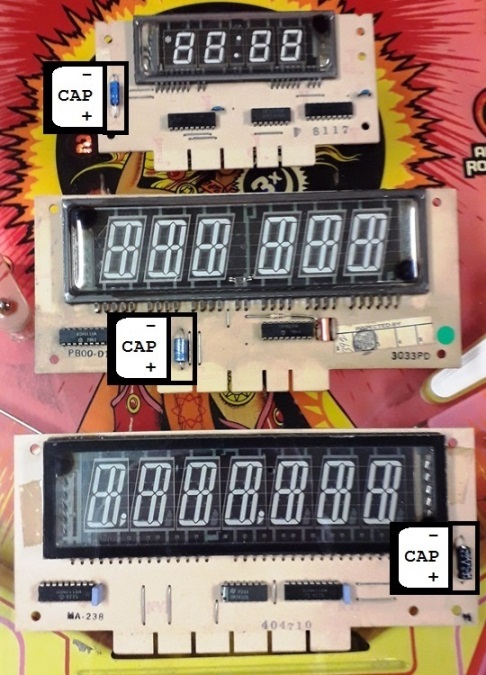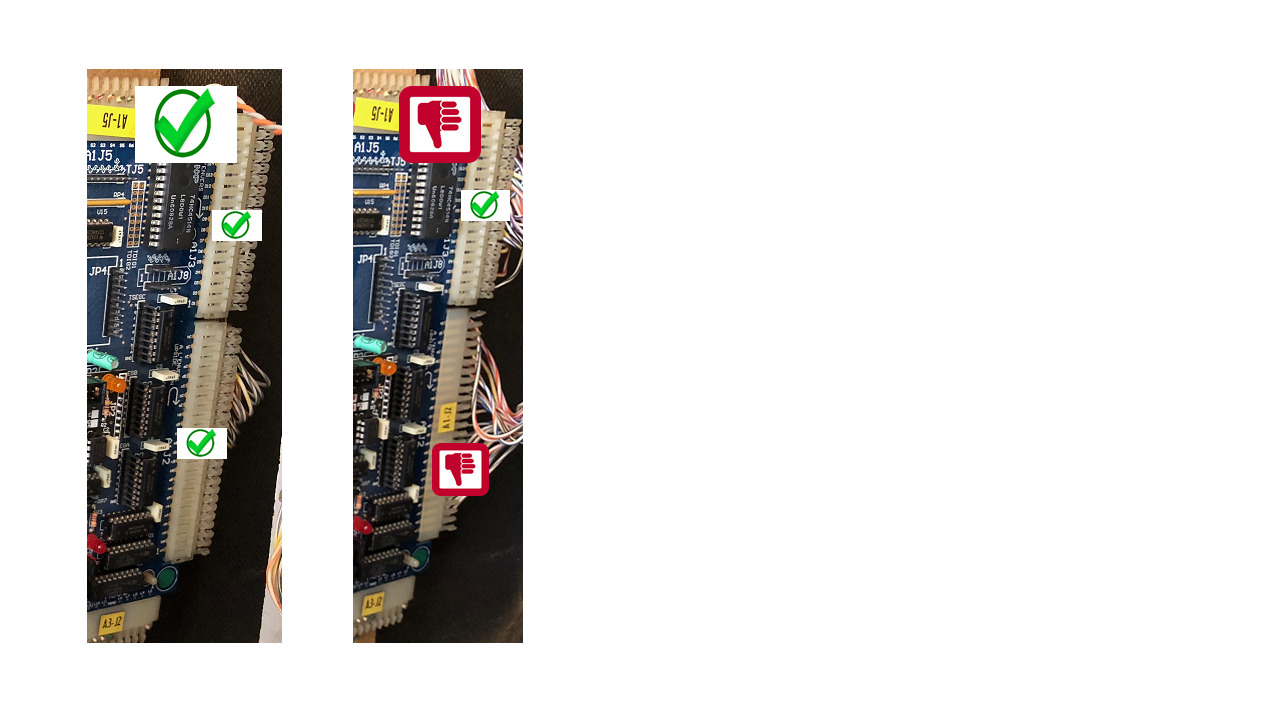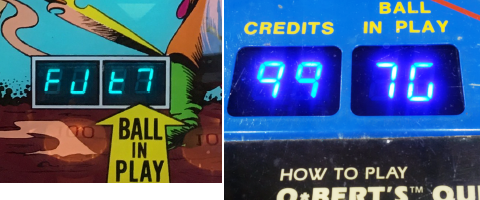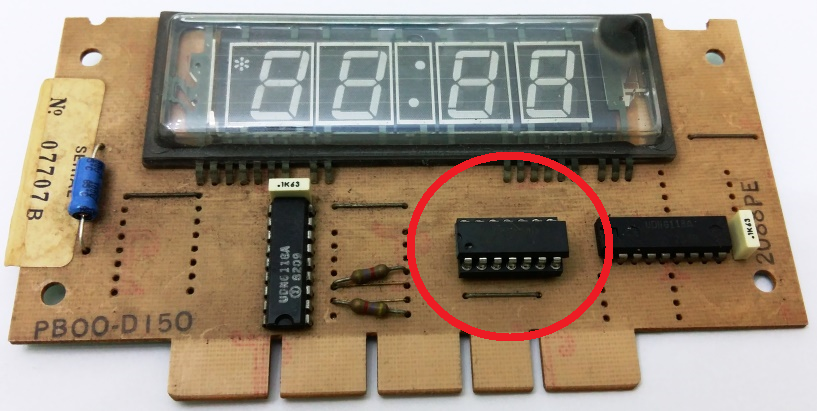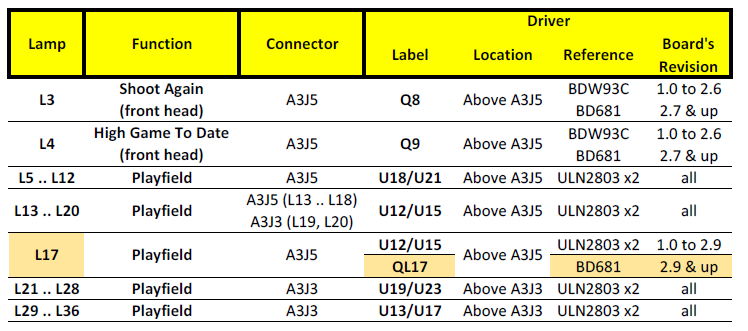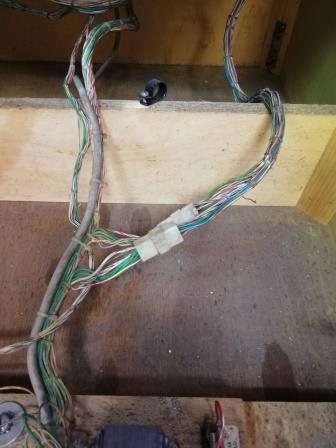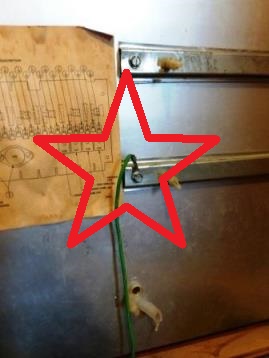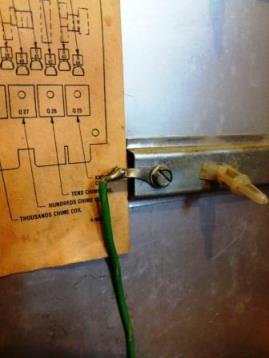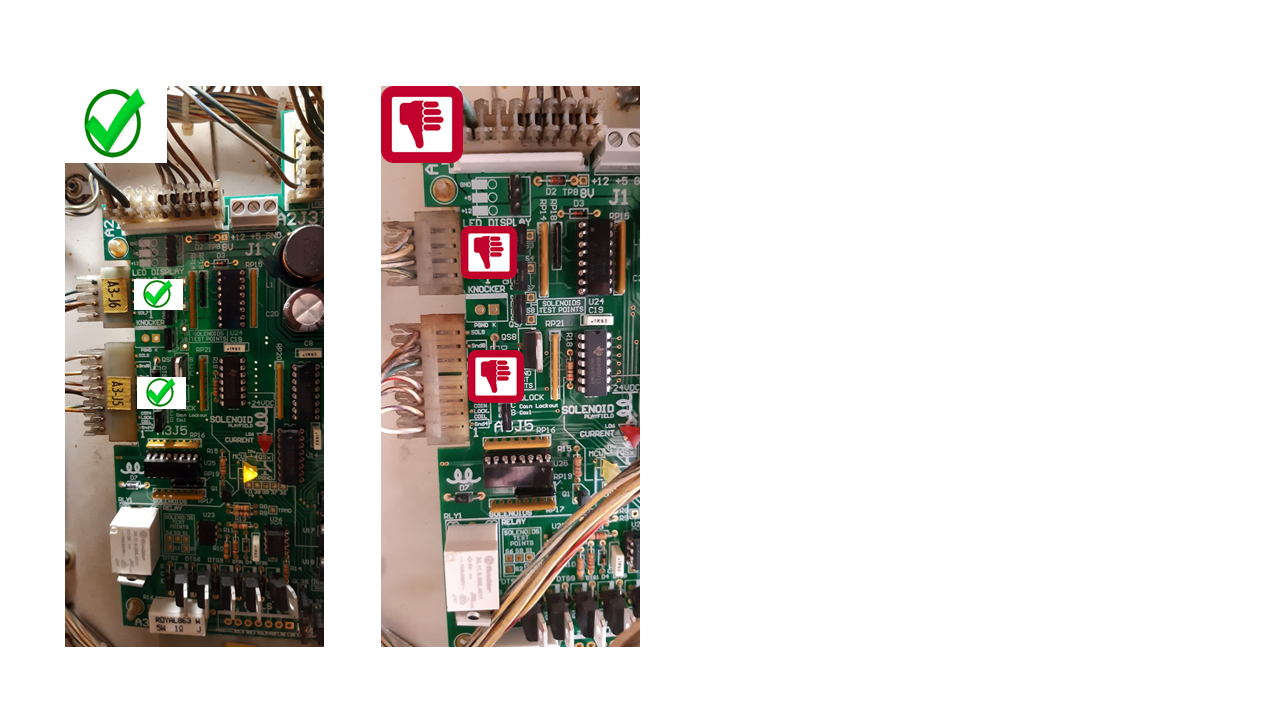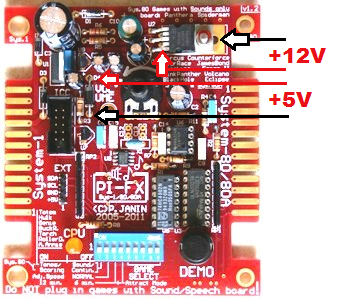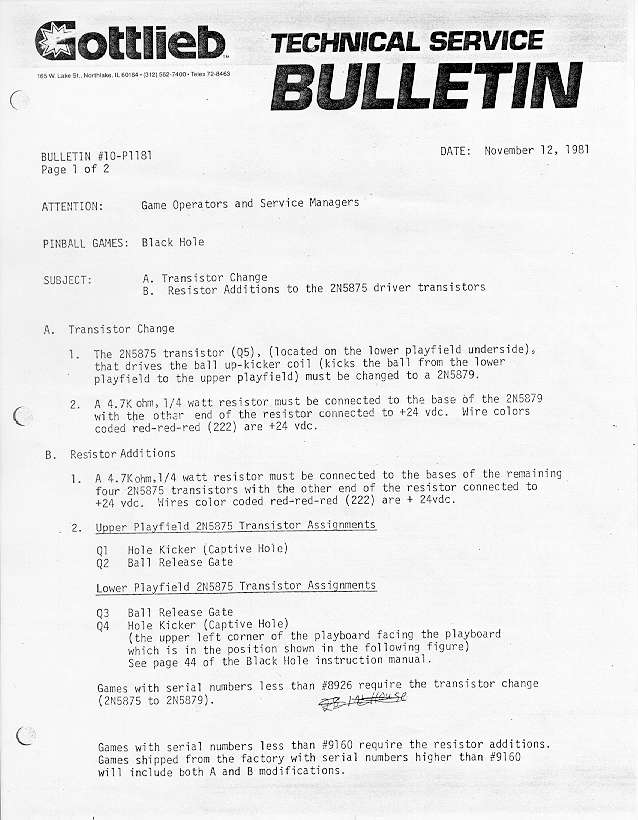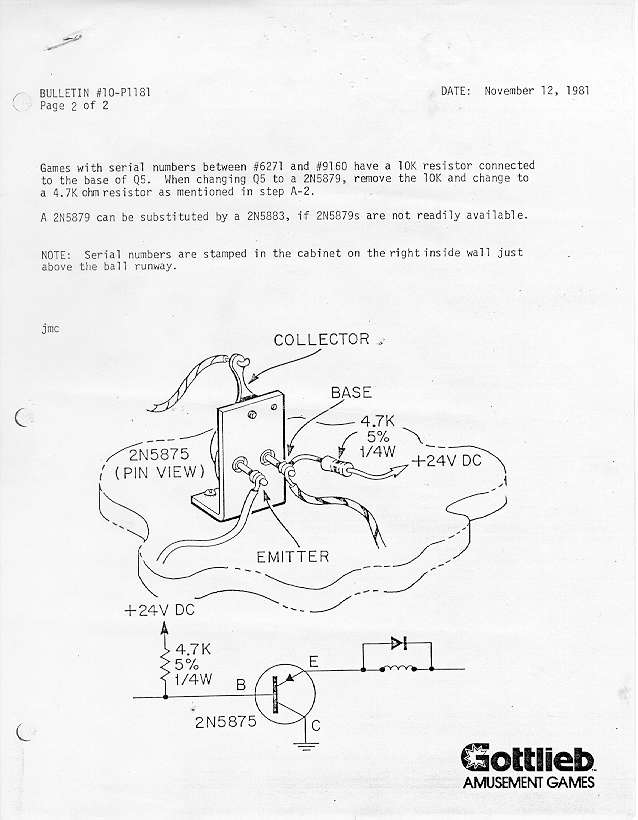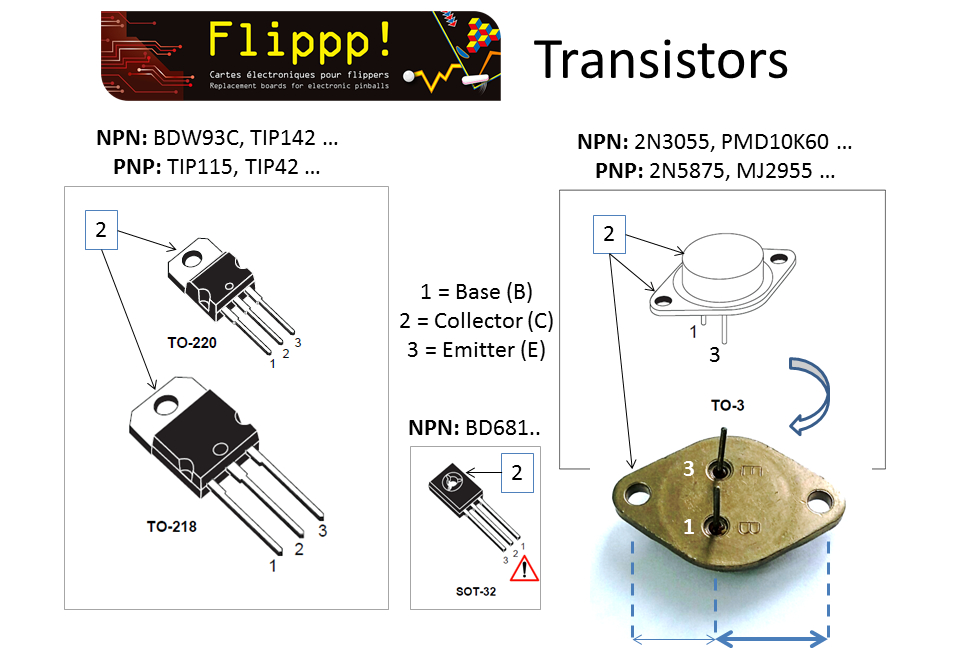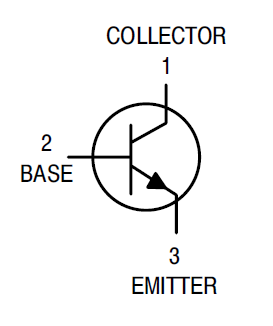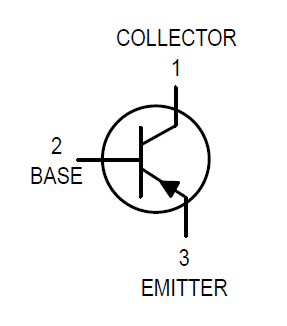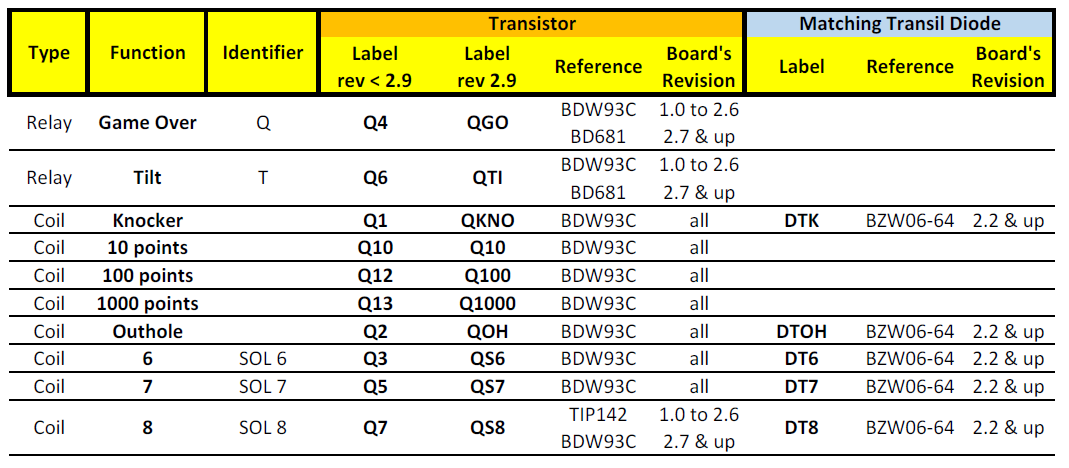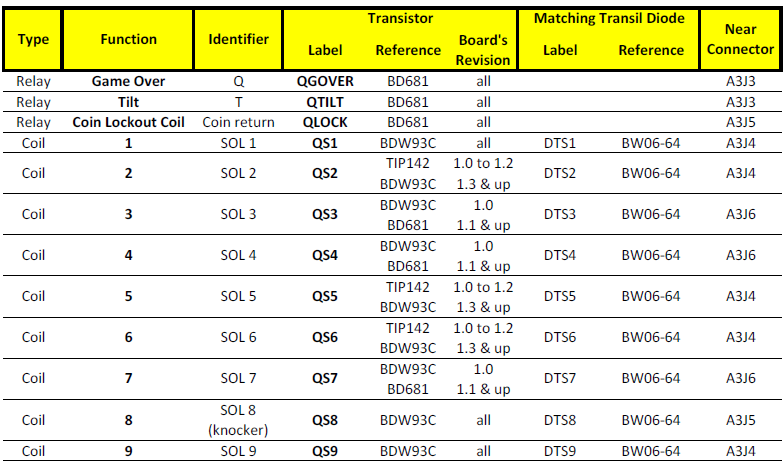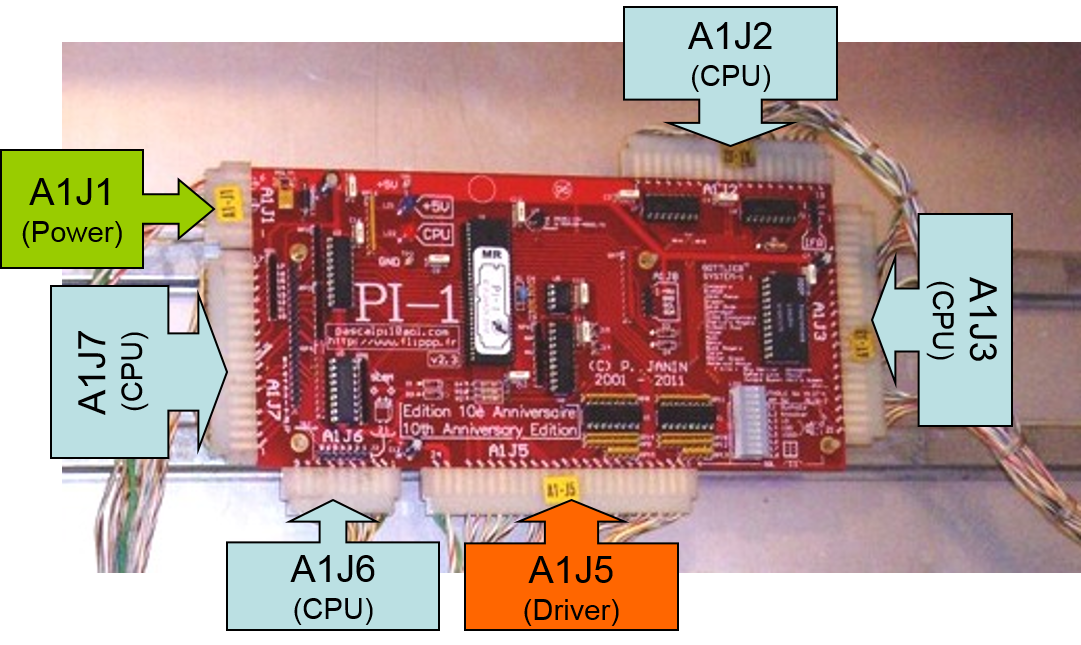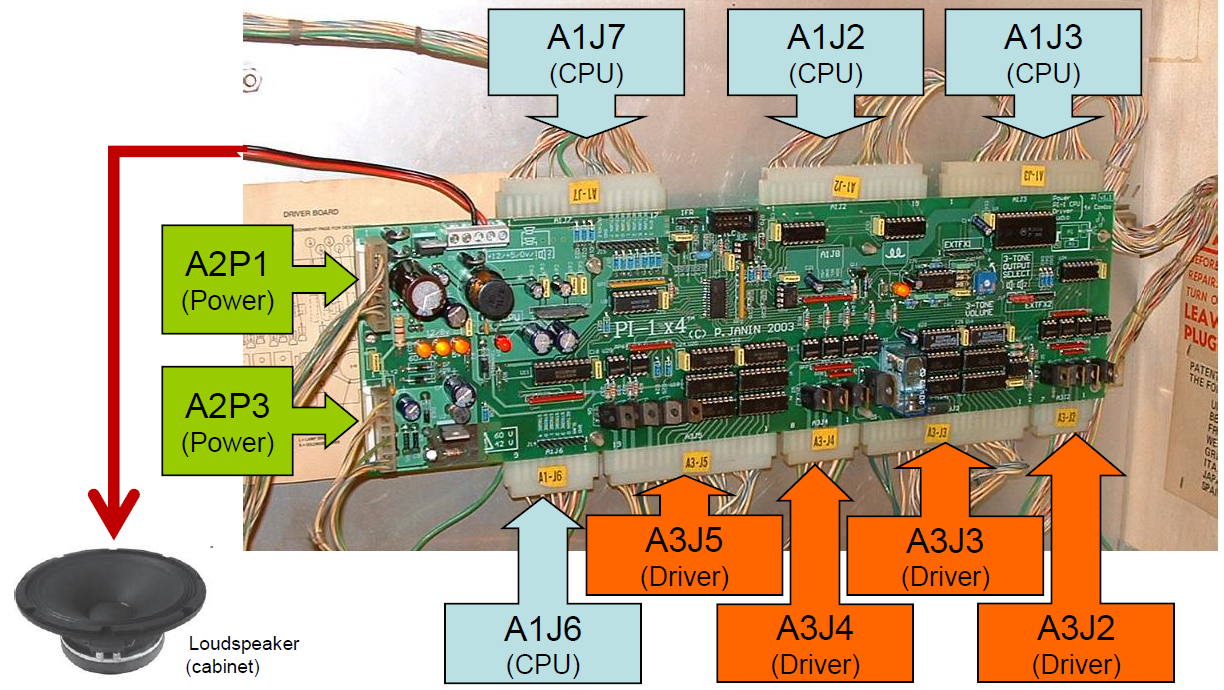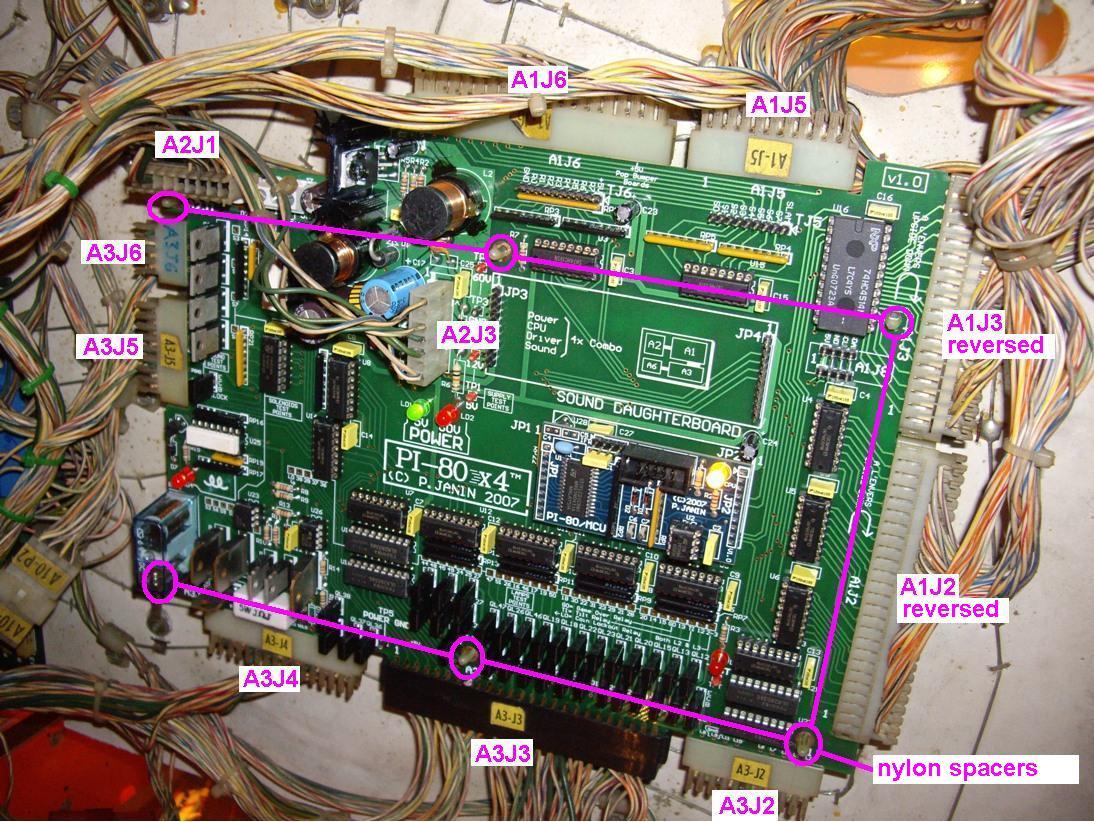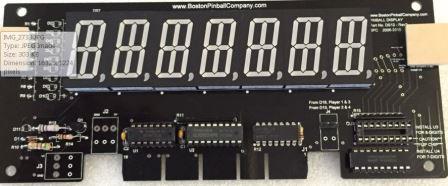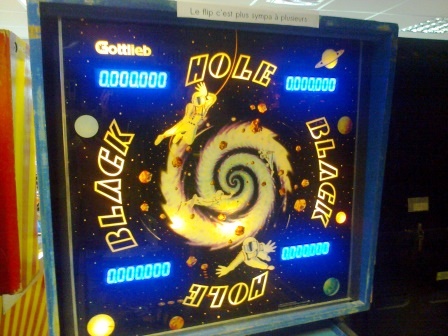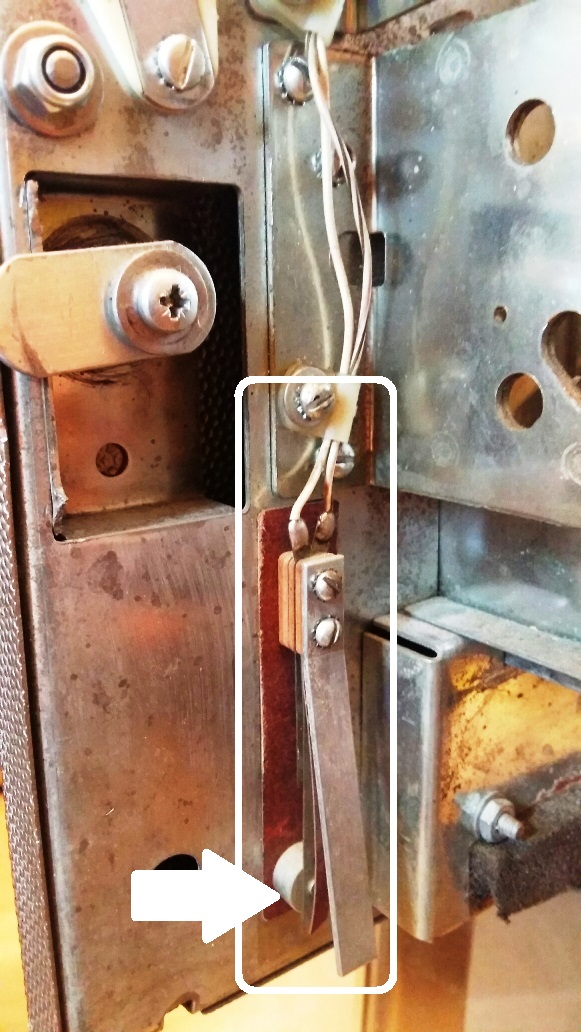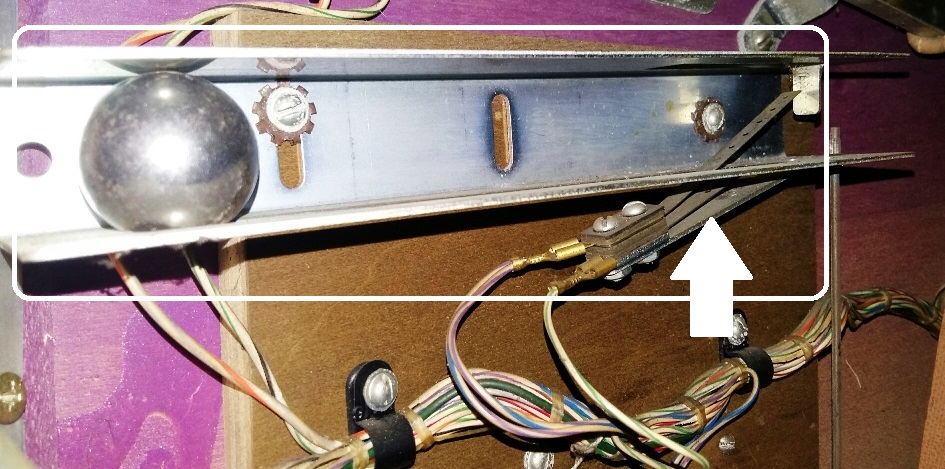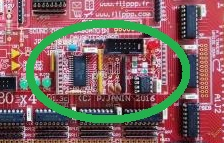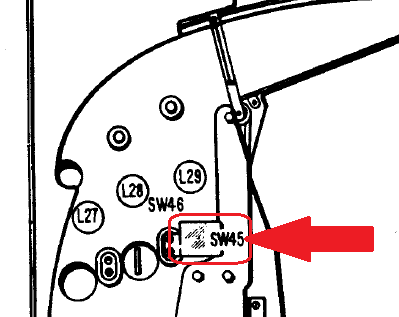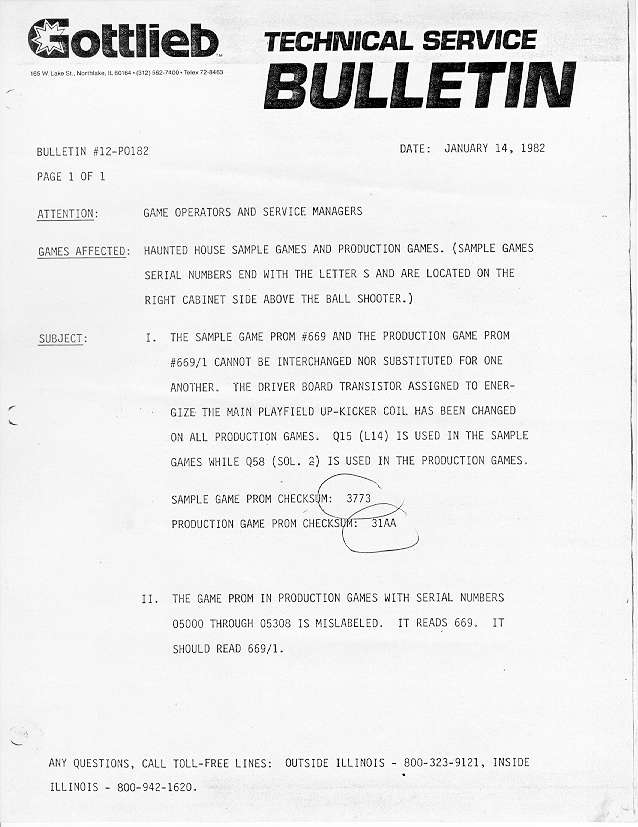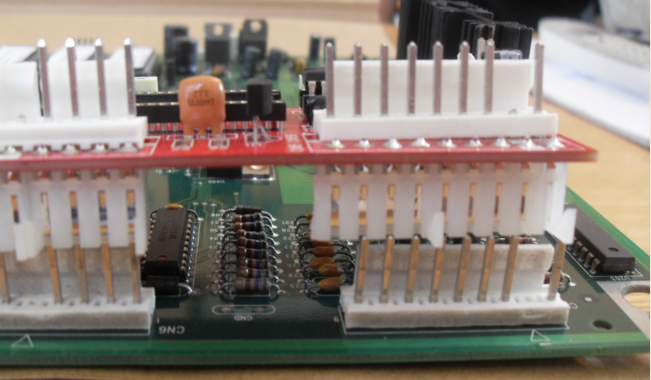The error comes from one or several faulty coils or their diode in parallel or their associated fuse or the associated contacts.
The board detects the error, warns the user about it, and prevents from starting a play to avoid aggravating the problems.
A full description of all error messages and their possible
causes & fixes can be found in the
PI-1/X4 and
PI-80 boards manuals.
In a first step, narrow the failure search by following the simple steps below:
PI-1 and PI-1 X4 :
- CHECK + name of the coil + STUCK SWITCH:
After activating a coil, one of its associated switches is permanently closed.
It's typically the case of a broken drop target that doesn't reset, or an eject hole switch always closed.
Follow this procedure: « IN CASE OF PERMANENTLY CLOSED SWITCH ».
PI-1 X4 specifically:
- CHECK + name of the coil + CANNOT DRIVE:
Impossibility to activate a coil (eg. dead fuse or dead driving transistor).
Follow this procedure « IN CASE OF A COIL WHICH CAN'T BE ACTIVATED ».
- CHECK + name of the coil + LOCKED ON:
Coil permanently activated (eg. driving transistor in short circuit).
Follow this procedure « IN CASE OF PERMANENTLY ACTIVATED COIL ».
PI-80 specifically:
- ERROR 1 or 3 :
Permanently activated coil (eg. driving transistor in short circuit).
Follow this procedure « IN CASE OF PERMANENTLY ACTIVATED COIL ».
- ERROR 2 :
Impossibility to activate a coil (eg. dead fuse or dead driving transistor).
Follow this procedure « IN CASE OF A COIL WHICH CAN'T BE ACTIVATED ».
- ERROR 4 :
After activating a coil, one of its associated switch stays permanently stuck.
It's typically the case of a broken drop target that doesn't reset, or an eject hole switch always closed.
Follow this procedure: « IN CASE OF PERMANENTLY CLOSED SWITCH ».
IN CASE OF PERMANENTLY CLOSED SWITCH:
Check all the switches behind the drop-targets, the eject hole switches ...
The contacts may be dirty or the contact blades too close from each other.
IN CASE OF PERMANENTLY ACTIVATED COIL:
For a PI-1/X4 :
Turn pinball OFF, unplug connectors A3J2 and A3J4, then turn pinball ON: the error should have disappeared.
If the error is still there: pinball OFF, plug A3J2 only,
turn ON: if the error is still there, there is a problem on the «
knocker » coil or on transistor Q1.
If the error has gone: pinball OFF, plug A3J4 only (unplug A3J2), turn ON: if the error is still there, there is a problem on 6 7 8 or « outhole » coil.
For a PI-80 :
Turn pinball OFF, unplug connectors A3J4 and A3J5, then turn pinball ON: the error should have disappeared.
Pinball OFF, plug A3J4 only, turn ON. If the error is still there, there is a problem on one of the 1 2 5 6 9
coils or on their respective driving transistors QS1 QS2 QS5 QS6 QS9.
Pinball OFF, plug A3J5 only (unplug A3J4), turn ON. If the error is still there, there is a problem on coil 8 « knocker » or on
transistor QS8.
Once the faulty coil driver is found, you must control the associated coil(s) + their diode(s) on the playfield.
Follow the procedure « CHECKING DIODES AND COILS ».
IN CASE OF A COIL WHICH CAN'T BE ACTIVATED:
For all the boards:
Find in the game manual the fuse type which is in series with the coil it protects (if present, depends on the game).
Check the fuse, check if blown or not, and replace it by the right type then check the coil and its diode before turning the game on.
CHECKING DIODES AND COILS:
Checking diodes is very easy: unsolder one of its 2 legs (else the coil in parallel will result in a false measure) and test the coil then the diode with a DMM.
Position "200
ohms" for the coil, or position "diode" for the diode: red wire on the non-banded side, black wire on the banded side (white ring).
Tip: cut one of the diode legs in the middle, easy to restore with a solder joint.
Compare the coil resistance with the Gottlieb coil chart in your manual.
Contact us if needed.
 Does the giant pinball display (that works on PI-1 and PI-1/X4 boards) also work on the PI-80 board?
Does the giant pinball display (that works on PI-1 and PI-1/X4 boards) also work on the PI-80 board? Is there a development kit available to develop new games or different game rules for certain games?
Is there a development kit available to develop new games or different game rules for certain games?


 I would like to add speech to my Haunted House while keeping it in single ball mode, how to do that?
I would like to add speech to my Haunted House while keeping it in single ball mode, how to do that? 







